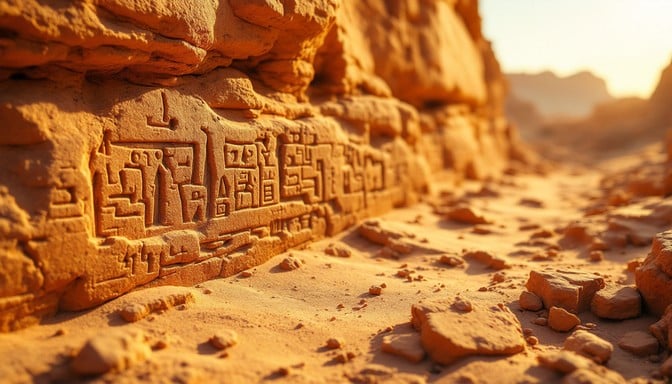A groundbreaking study using advanced radar technology has uncovered a vast and intricate underground system beneath the Pyramids of Giza, challenging long-held beliefs about their true purpose.
Researchers Corrado Malanga from the University of Pisa and Filippo Biondi from the University of Strathclyde utilized Synthetic Aperture Radar (SAR) tomography to scan the Khafre Pyramid. Their findings reveal a massive subterranean network spanning approximately two kilometers beneath all three pyramids.
At the base of the Khafre Pyramid—Giza’s second-largest pyramid—scans detected five identical structures, each containing multiple levels and interconnected by geometric pathways. Even more remarkably, beneath these pathways lie eight vertical cylindrical wells, encircled by descending spiral corridors that extend as deep as 648 meters. These ultimately lead to two colossal cube-shaped structures, each measuring 80 meters per side.
A video released by the Reese Report suggests that these discoveries cast doubt on the traditional view that the pyramids were not royal tombs. Some researchers speculate that the underground network may have served a mechanical or energy-related function—an idea that echoes theories from historical visionaries like Nikola Tesla and engineer Christopher Dunn.
Tesla, known for his pioneering work in electricity and wireless energy, hypothesized that the pyramids could collect and transmit Earth’s natural energy. Similarly, in The Giza Power Plant, Dunn proposed that the Great Pyramid functioned as an advanced energy device, capable of converting vibrations into usable power.
While mainstream Egyptologists continue to assert that the pyramids were constructed around 2500 BCE using conventional methods, the newly revealed underground structures—along with mathematical anomalies in the pyramids’ design—have reignited debate about their true origins and purpose.
The Khafre Project team is eager to conduct further excavations, but approval for such investigations remains uncertain. Egypt has historically imposed restrictions on archaeological digs that challenge the official narrative surrounding the pyramids.
As technology continues to unlock hidden aspects of ancient civilizations, the mystery of the pyramids may be far from solved.





